In Conversation: APEX TECH Preview with Diane Johnson
Share
Diane Johnson
Chief Executive Officer
Descriptive Video Works
Diane Johnson is chief executive officer and owner of Vancouver, BC-based Descriptive Video Works, a pioneering and world-leading producer of audio description for television and movies. A passionate advocate for the blind and partially-sighted, she is committed to providing broad media access and a shared entertainment experience for all individuals. Diane is the recipient of numerous industry awards and accolades, is a member of the United Nations’ International Telecommunications Union (ITU) Focus Group on Audio-Visual Media Accessibility, and has joined APEX’s Closed Captioning Working Group. She’ll be presenting a session at next week’s APEX TECH in Universal City.
Many people don’t know about, or understand descriptive video, also known as audio description. Can you explain it?
In the past, when blind or low-vision viewers watched television, they would just get part of the picture. They could only hear the dialogue, music and sound effects, and would have to figure out the action or the scene by themselves. Now, in a program that includes descriptive video (DV), a blind viewer hears audio descriptions of the scene and action, narrated in between the dialogue. It could be “Mrs. Smith walks into the room with a puzzled expression,” or “Robert and Carla kiss,” – whatever is needed to fill in the context.
How is described-video programming produced and aired?
We receive a final copy of the program, and our writers view it, and work on the DV script. The script has to be carefully written to convey the story of each scene, but in small enough pieces to fit between the existing dialogue in the program. Once written and approved, the script is voiced, recorded and then mixed with the main soundtrack of the program. It’s very important to have the right narrator, to match the tone of the program. The broadcaster transmits the DV’d audio track on the Second Audio Program (SAP) channel. The blind viewer selects the SAP channel on their television, and can hear and enjoy all of the program’s sound and dialog, along with the audio descriptions.
“The challenge is to create an IFE navigation system that gives a blind passenger a user experience that allows them to easily find and select content without any assistance.”
How large is the target audience?
There are an estimated 258 million blind and low-vision people in the world. In Canada, there are 1.5 million, and 25 million in the United States. The numbers vary a bit in different locations, because there are various standards for determining “low-vision.”
How many hours of described programming have been produced, of what kinds of content?
There are thousands and thousands of hours of described programs available. Our company, Descriptive Video Works (DVW), alone has produced more than 12,000 shows over the past 12 years. The programs are in all genres – movies, TV dramas, sitcoms, reality shows and children’s and animated programs. We even DV’d 400 episodes of SpongeBob SquarePants! At DVW, we’ve also pioneered live descriptions of award shows, sports events including the Olympics and daily live programs.
What challenges are faced to provide audio descriptions for airline passengers?
Getting a described program into an in-flight entertainment (IFE) system is relatively easy, and much simpler than closed-captioning. It’s just another “language version” of a program. The challenge is to create an IFE navigation system that gives a blind passenger a user experience that allows them to easily find and select content without any assistance.
Don’t miss Diane’s APEX TECH presentation “Improving Media Accessibility: Closed Captioning for the Deaf & HoH & Audio Descriptions for the Blind” May 12 at 11:15 a.m.



